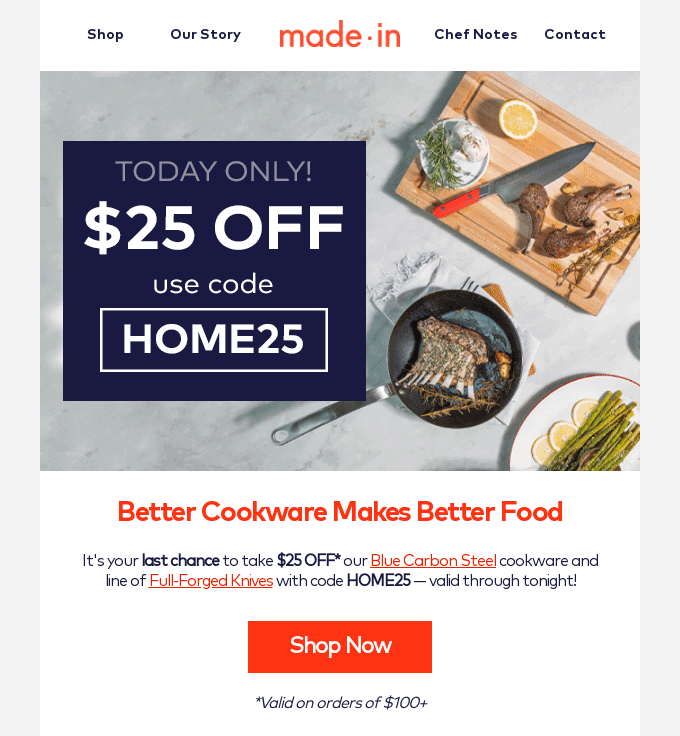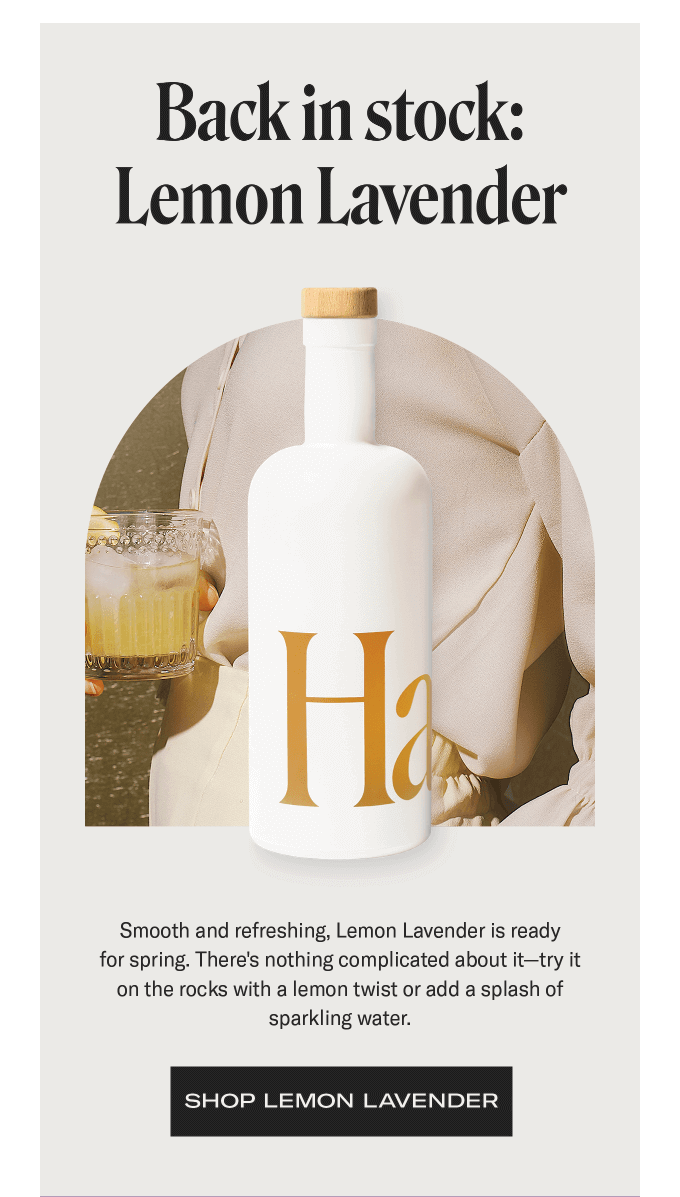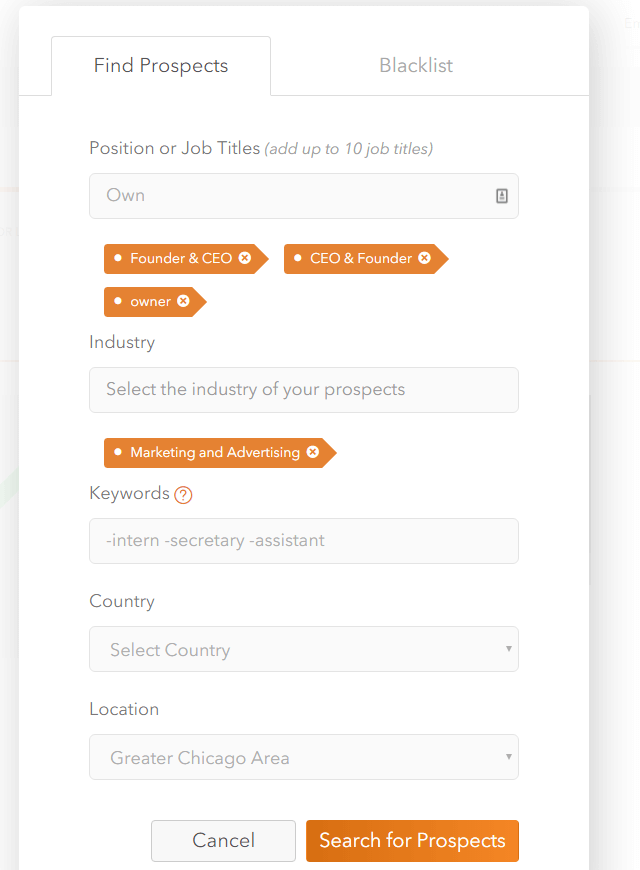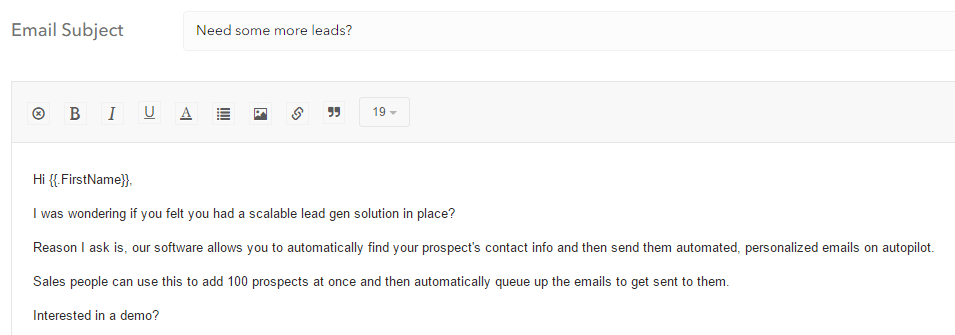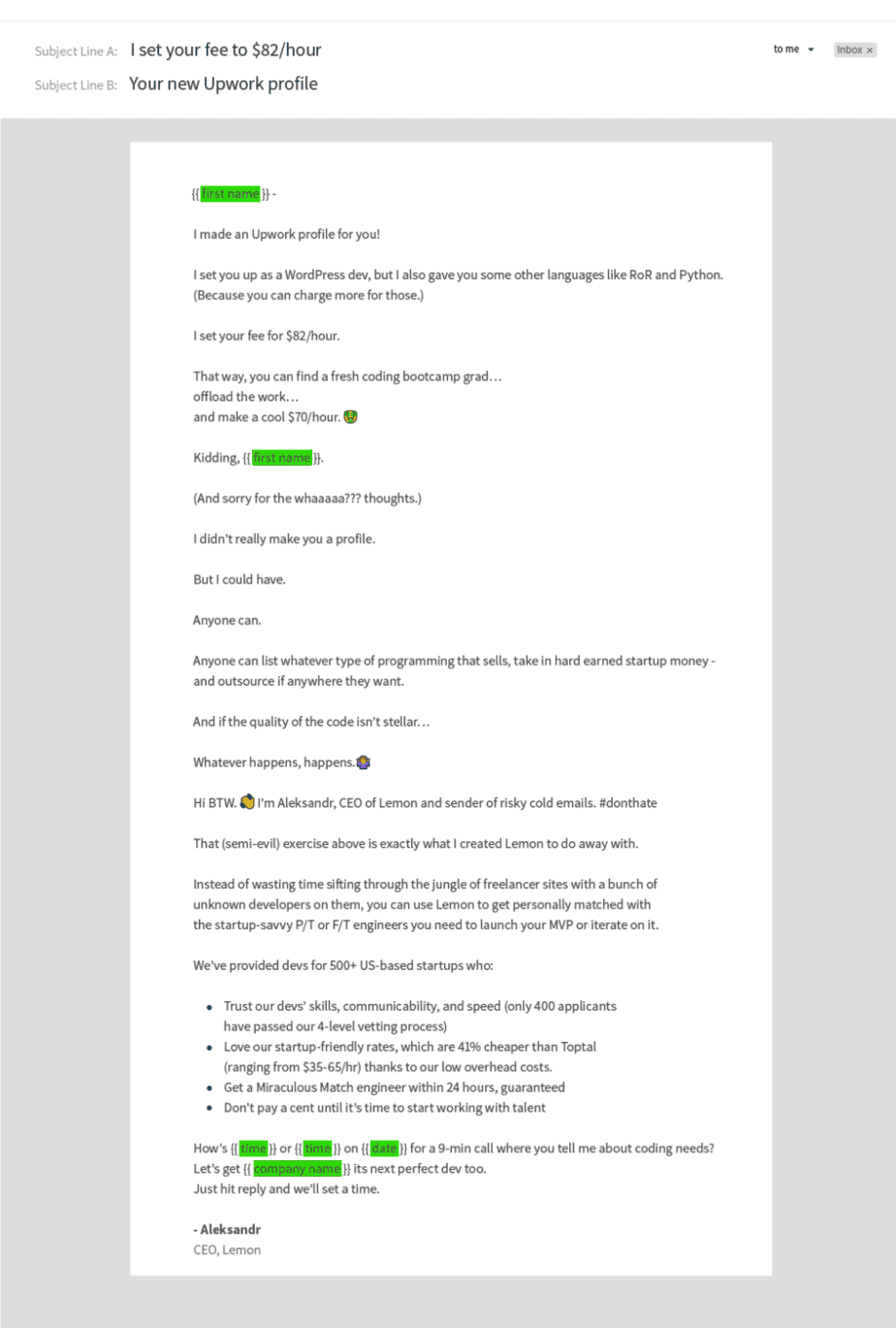Inbound vs. outbound emails: A comparison
Overall, outbound email marketing is more proactive and “pushy” while inbound email marketing is more subtle and client-focused. But there are more differences than that.
Now, let’s discuss each aspect in more detail.
Audience approach
As mentioned earlier, inbound email marketing implies interacting with a “warm” audience that has willingly entered into communication with you. That means you need to “warm up” that audience first. One way to do it is to use paid search ads and targeted social media ads. When leads visit your website or social media profiles, you can offer them to subscribe to your emails — for example, via pop-up forms or lead magnets.
Outbound email marketing, on the other hand, implies sending out unsolicited emails — that is, emails your prospects didn’t opt in for. That means email lists have to be acquired elsewhere. A bad but common practice is to buy these lists online. A safer way is to obtain email addresses from open sources such as official websites, or through referrals. This tactic will help your emails feel more relevant and less intrusive to your recipients.
Engagement
Inbound email marketing implies moving the already warmed-up audience down the email marketing funnel, step by step taking them through every stage of the buyer’s journey. That implies having a coherent long-term email marketing strategy as well as separate campaign strategies for each stage of the journey.
Outbound email marketing is different in that its main goal is to attract the prospect’s attention and evoke interest. Outbound email marketing doesn’t necessarily imply building long-term relationships with the customer as closing a single deal is often its end goal. However, that doesn’t mean outbound campaigns always consist of only one email. On the contrary, it typically takes a series of cold emails to create an effective outbound email campaign.
Reach and speed
Inbound email marketing values the quality of the contacts over quantity and focuses on attracting interested audiences rather than proactively reaching out to them. That naturally narrows down your mailing list while making it laser-focused. Moreover, good inbound email marketing takes time. A quality mailing list comprised exclusively of contacts who have opted in for your emails often takes months or even years to build.
With outbound email marketing, the main goal is to push the prospect toward taking action. So, it typically places greater emphasis on the number or contacts reached, and prioritizes speed. But though outbound emails tend to reach more people at a time, and do it faster, they are also more likely to end up in trash or trigger spam reports due to their unsolicited nature.
Cost-effectiveness
Typically, inbound email marketing tends to be much cheaper than traditional, or outbound, marketing. Having fewer contacts on the list makes inbound emails more cost-effective because most ESPs charge customers based on their mailing list volume or the number of emails sent. Not only that, but the ROI is also higher for inbound email marketing thanks to the already “warmed-up” contacts on the list.
Outbound email marketing, as mentioned earlier, implies having larger contact lists, sending out more emails, and reaching out to cold prospects, thus the increased costs. However, thorough background research and a more targeted approach can help make outbound emails more cost-effective.
To sum it up, here’s what the main differences between outbound and inbound email marketing look like in a nutshell.
|
Inbound email marketing |
Outbound email marketing |
| Audience approach |
Laser-targeted messages for a “warm” audience |
Cold, unsolicited emails with loose targeting |
| Engagement |
Moves “warm” prospects down the email marketing funnel |
Aims at attracting the prospects’ attention and eliciting a response |
| Reach and speed |
Smaller reach, slower speed |
Larger reach, faster speed |
| Cost-effectiveness |
very cost-effective |
less cost-effective that inbound |
Next, let’s take a look at some of the most illustrative examples of inbound and outbound email marketing.




